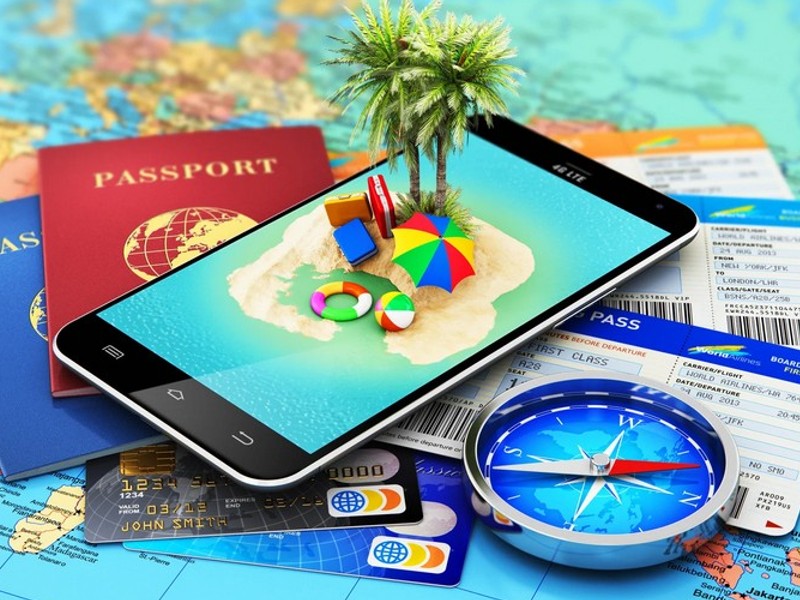Tourism and Hospitality Marketing 101
Table of Contents
Where the experience is becoming more important than the possession, tourism and hospitality marketing has played a crucial role in attracting travel and creating momentous memories for travellers. From storytelling to connecting them emotionally and making experiences, such sectors thrive by the marketing techniques in place, changing a simple destination into a much dreamt escape.
Understanding the Target Audience
Knowing the target audience is a starting point in effective tourism and hospitality marketing. This now varies between tourists because, at present, people have diverse tastes: adventure, wellness, luxury vacations, ecotourism, digital nomads, and the rest. Identification of these personas would allow marketers to create more tailored campaigns, targeted at certain needs.

For example, adventure-seekers are attracted to campaigns that feature thrilling zipline tours or mountaineering expeditions. Meanwhile, wellness travellers will respond to serene images of yoga retreats or spa sanctuaries.
Leveraging Digital Marketing
Digital platforms have transformed the marketing of tourism and hospitality. Spots such as social media, search engine optimization (SEO), and partnering with influencers are a “door key” to visibility. Instagram and TikTok hold powerful influence for anything pictorially beautiful as well as immediate experiences. Hashtags, reels, and other user-generated content allow businesses to create wanderlust that will make them take action right away.
Moreover, SEO-friendly websites and blogs make sure a business shows up in search queries when people plan to travel for a particular location or service. Targeting local key phrases like “secret beaches in Istria” or “best eco-lodges in the Atlas Mountains” captures small niches looking to experience something one-of-a-kind.
Storytelling as a Nucleus Tactic
The heart of the tourism and hospitality marketing: storytelling. Travelers buy more than just a hotel night or a ticket; they are purchasing the promise of an experience. Content in video, photography, or a blog should engage and elicit feelings, carry the viewer away to the destination, and leave him with the urge to explore it further. This could perhaps be a video of the journey of a couple hiking through the lush trails of the Atlas Mountains, ending in watching a sunset over the peaks. Examples like that can leave a perfect impression.
Importance of Reviews and Testimonials
Trust is paramount in the hospitality industry. Online reviews and testimonials are essential for shaping perceptions. TripAdvisor, Google Reviews, and Yelp are some of the platforms that impact booking decisions; many travelers book destinations or services with great reviews. Marketers should encourage customers to share their experiences and address negative feedback promptly as a demonstration of quality.
Sustainability in Marketing
- Eco-awareness is no longer a niche demand but mainstream demand.
- Sustainable practice marketing can reach out to this ever-growing segment of travelers.
- Whether zero-waste accommodation, community-based tourism, or carbon-neutral transport, sustainability integration into marketing communications has a powerful impact on modern-day audiences.
Role of Technology
Virtual reality and augmented reality are some of the newly emerging technologies that are revolutionizing the sphere of tourism marketing.
Today, a tourist can almost explore a hotel room, walk through a destination, or experience a local festival before he or she commits to a reservation. These immersive tools help bridge the gap between curiosity and decision-making.
Partnerships and Collaborations
Tourist boards, local businesses, and influencers may collaborate to amplify tourism and hospitality marketing efforts. A joint campaign would be able to highlight the destination’s varied offerings, from cultural festivals to culinary tours, presenting a cohesive narrative appealing to many different traveler interests.
